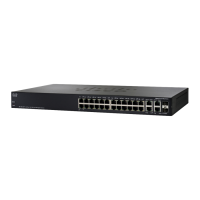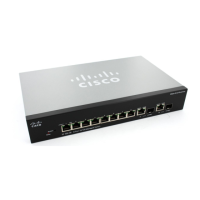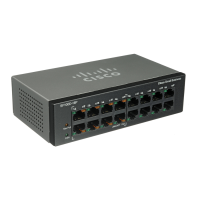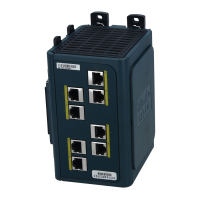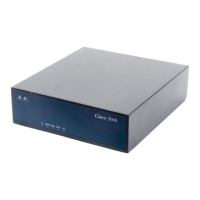Administration: System Log
Setting Remote Logging Settings
Cisco Small Business 200, 300 and 500 Series Managed Switch Administration Guide (Internal Version) 31
3
• Originator Identifier—Enables adding an origin identifier to SYSLOG
messages. The options are:
- None—Do not include the origin identifier in SYSLOG messages.
- Hostname—Include the system hostname in SYSLOG messages.
- IPv4 Address—Include the IPv4 address of the sending interface in
SYSLOG messages.
- IPv6 Address—Include the IPv6 address of the sending interface in
SYSLOG messages.
- User Defined—Enter a description to be included in SYSLOG messages.
• RAM Memory Logging—Select the severity levels of the messages to be
logged to the RAM.
• Flash Memory Logging—Select the severity levels of the messages to be
logged to the Flash memory.
STEP 3 Click Apply. The Running Configuration file is updated.
Setting Remote Logging Settings
The Remote Log Servers page enables defining remote SYSLOG servers where
log messages are sent (using the SYSLOG protocol). For each server, you can
configure the severity of the messages that it receives.
To d e f i n e SY S LO G s e r v e r s :
STEP 1 Click Administration > System Log > Remote Log Servers.
STEP 2 Enter the following fields:
• IPv4 Source Interface—Select the source interface whose IPv4 address will
be used as the source IPv4 address of SYSLOG messages sent to SYSLOG
servers.
• IPv6 Source Interface—Select the source interface whose IPv6 address will
be used as the source IPv6 address of SYSLOG messages sent to SYSLOG
servers.
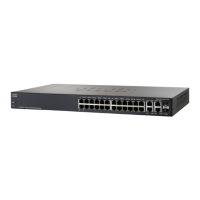
